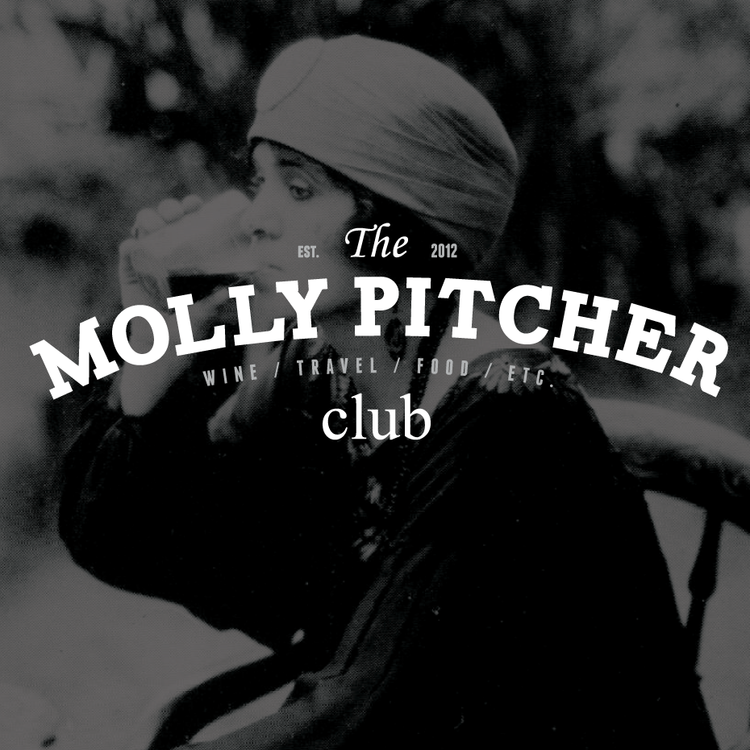The Enthusiasts! NYC Wine Club: Introduction to Italy
Chi ha pane e vino, sta meglio del suo vicino*
Photo Source: http://www.kairos-holidays.com
/greek-god-of-wine.html
If you take away only one thing from this post, it should be this...
Italy is complex.
Seriously. In Italy there are more than two thousand different wine labels, twenty wine producing regions and ninety six provinces. Even the wine classification system is so complicated that some of the finest sommeliers may break a sweat.
So today, we are going to keep it simple with a little history and an overview of the wine regions, grapes and producers you are more likely to see outside of Italy.
The History of Wine in Italy
Oh those Romans...
we cannot talk about wine in Italy without mentioning the Romans. After the Romans defeated the Carthaginians around the second century B.C., they expanded wine on slave-run plantations. Eventually, so much wine was produced that laws were enacted requiring the destruction of vineyards in order to free land for food production.
A turn towards Modernity...
Italy finally introduced DOC legislation in 1963. The DOC laws (which stands for
denominazione di origine controllata
) were modeled after the French laws to standardized quality. However, the original Italian attempt was flawed because it failed to establish a small number of easily identifiable regions with an identifiable style (like the French law). As a result, the Italian wine became increasingly dominated by mass production and most wineries became passionless factories.
Current Situation...
However, in 1992 the Italian wine classification was overhauled to comply with EU law (aka Goria's law). This change incorporated a category of wine called IGT, which fell into the system below:
- DO - Denominazione di origine (vini da tavola or "table wine")
- IGT - Indicazioni geografiche tipiche, established to form a buffer between the DOCs and table wine categories
- DOC - Denominazione di origine controllata (controlled designation of origin)
- DOCG - Denominazione di origine controllata e garantita (controlled designation of origin guaranteed)
Frankly, this overhaul will not fully transform the Italian wine industry until, like France, the industry is organized into a few major regions with a recognizable style and reputation.
The Basics in Italian Wine
Photo Source: http://my.opera.com
Tuscany - The Home of Chianti
There are three levels of chianti: (1) chianti, (2) chianti classico, and (3) chianti classico riserva, which must be aged a minimum 2 years and 3 months.
Grapes?
Under the DOCG, chianti is required to be made at least 80% of sangiovese.
Other Tuscan wines to watch for:
Other quality reds from Tuscany include: Brunello di Montalcino, Vino Nobile di Montepulciano, and Carmignano.
Piedmont - Big Reds
Piedmont is famous for producing fine red wine, specifically Barolo and Barbaresco.
Grapes?
The major grapes in Piedmont are dolcetto, barbera and nebbiolo.
The Details on Barolo:
Barolo is made with the nebbiolo grape, consists of at least 12.5% alcohol, contains a more complex flavor and body, and aged at least three years (one in wood). If the wine is a "riserva" it is aged for at least five years.
The Details on Barbaresco:
Barbaresco is also made with the nebbiolo grape, consists of at least 12.5%, contains a lighter body than barolo, and requires at least two years of aging (one in wood).
If the wine is a "riserva" it is aged for at least four years.
Photo Source: http://www.smh.com.au
Veneto - The Home of Amarone
Veneto is known for producing wines like valpolicella, bardolino and soave.
What is Amarone?
Amarone is a type of valpolicella wine made with only the ripest grapes (the grapes used include corvina, rondinella and molinara). Then after harvest, the grapes are left to "rasinate," which ferments the sugar and ultimately raises the alcohol content.
Final Notes:
- Italian Wine Labels: Italian wines are named in three different ways: (1) by grape variety, (2) by village or district, and/or (3) by proprietary.
- Other Wine Regions to Look for: Abruzzi, Friuli-Venezia Giulia, Lombardy, Umbria, Compania, and Sicily.
- What about Italian Whites? Many wine educators do not address Italian white wine with the same depth as red wine because the majority of Italian white wines are simply less complex then the red wines (and most Italians will admit it). Leave a comment if you disagree! Some known Italian white wines to try include: pinot grigio, soave and gavi.
For more information on Italian wine, check out my ever-awesome sources: Kevin Zraly's Complete Wine Course 2012, The Sotherby's Wine Encyclopedia 5th Edition, and
.
For those of you looking for a translation of the quote at the beginning of the post, here it is: "
Who has bread and wine is better off than his neighbor."
Cheers!



